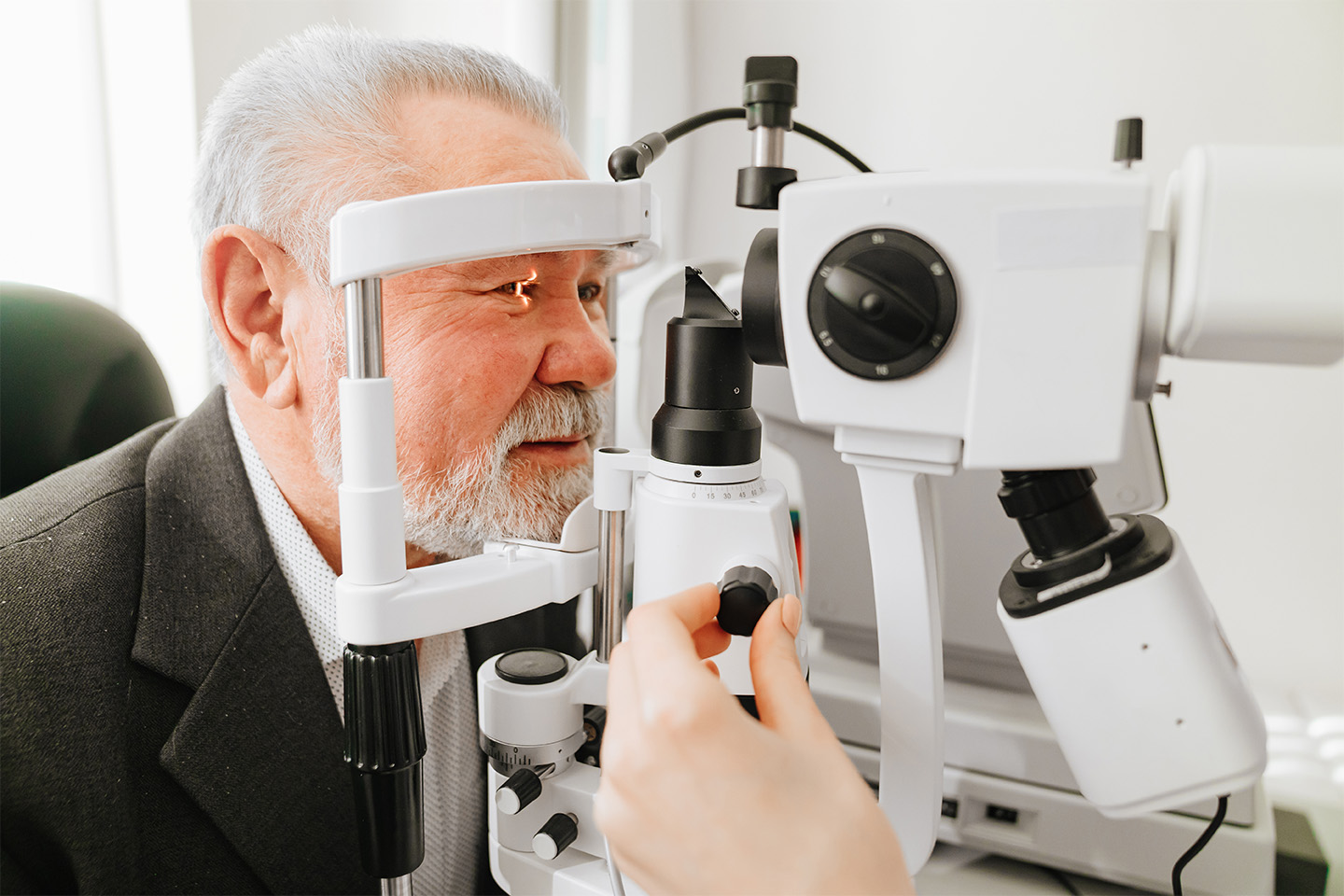How Does LASIK Eye Surgery Work?

If you’re suffering from poor vision, laser eye surgery may be the right choice for you.
If you’ve ever considered surgical treatments for poor eyesight, chances are you’ve heard of LASIK. The procedure uses lasers to alter the corneal surface of the eye and has proven itself as an effective and reliable treatment for a variety of conditions, including nearsightedness, farsightedness, and astigmatism.
Your candidacy for LASIK surgery will depend on the nature of your condition and your general state of health, and you’ll need to consult with an eye specialist to determine if laser eye surgery is the right option for you. But for those patients who qualify, LASIK can be a game-changer, providing long-term improvements to vision and in many cases, removing the need for glasses and contact lenses altogether. Here’s how it works.
Reshaping Your Vision
LASIK is an acronym for “laser-assisted in-situ keratomileuses.” As the name suggests, it entails an alteration of the cornea with the aid of a laser. During the procedure, the eye surgeon will use either a microkeratome, a small tool, or a femtosecond laser to create a flap in the cornea, the outermost layer of the eye.
The surgeon will then hold back this flap and remove some of the corneal tissue underneath it with an excimer laser. This specialized laser uses an ultraviolet light beam to eliminate tissue in the inner cornea, helping the cornea more accurately focus light on the retina, the layer at the back of the eye which sends nerve impulses to the brain through the optic nerve.
By reshaping the corneal layer, the surgeon ensures that the retina sends more accurate visual information to the brain, greatly improving the patient’s vision in the process. In patients who suffer from nearsightedness, the surgeon will flatten the cornea, while in patients suffering from farsightedness, the surgeon will increase the cornea’s slope.
Similarly, astigmatism, which is caused by an irregularly shaped corneal surface, can be corrected by smoothing out the irregularly shaped corneal surface. Since surgeons usually introduce numbing drops into the eyes before operating, most patients experience nothing other than some slight pressure during the procedure.
Coming into Focus
LASIK surgery has proven a highly successful solution to common visual problems, with 95.4% of patients expressing satisfaction with the results. Since it was approved by the FDA back in 1995, only a small percentage of patients has experienced anything more than a minor complication following the procedure. Indeed, most patients can expect a permanent or long-term improvement to their vision after undergoing LASIK surgery.
The Right Look
LASIK surgery can benefit nearly anybody with poor eyesight, but there are some restrictions. Since the eyes continue to develop into adulthood, the FDA prohibits surgeon from performing it on patients under the age of 18, and some patients may be advised to wait until they turn 21 in order to ensure that their eyes have completely finished developing.
Similarly, some patients may simply become too old for LASIK, since the eyes begin to change again after the age of 40, and continue to do so with further aging. In most cases, however, anybody with a consistent prescription for several years will be a strong candidate for LASIK surgery, regardless of their age.
If you’d like to learn more about LASIK surgery or find out if you qualify for it, you can complete this quick and easy self-assessment to determine whether LASIK surgery is a good fit for you. You can also get in touch with one of our experienced specialists today and schedule a consultation.
Turn To The Top Eye Doctors In Texas
Check out one of our locations below for the best eye care near you:









